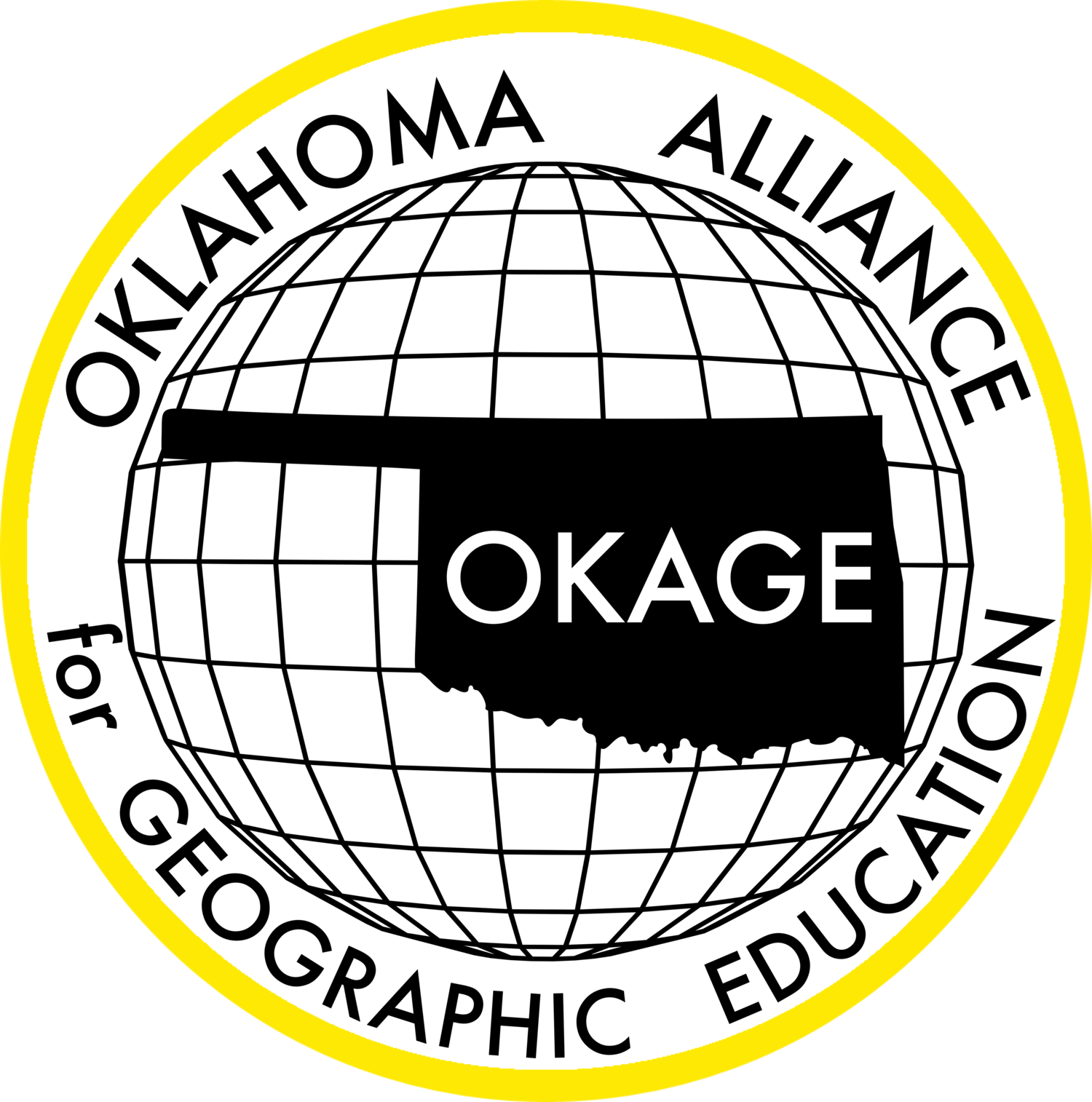Description: This lesson explores how the weak infrastructure practices of Haiti contributed to the severity of the impacts of the 2010 Haitian Earthquake, and prolonged the country’s recovery time from this disaster. This case study will help students understand how physical hazards and societal risks can intersect to cause disasters.
Grade level(s): Middle School Standards: OAS, GFL
Produced By: Virginia Silvis





















